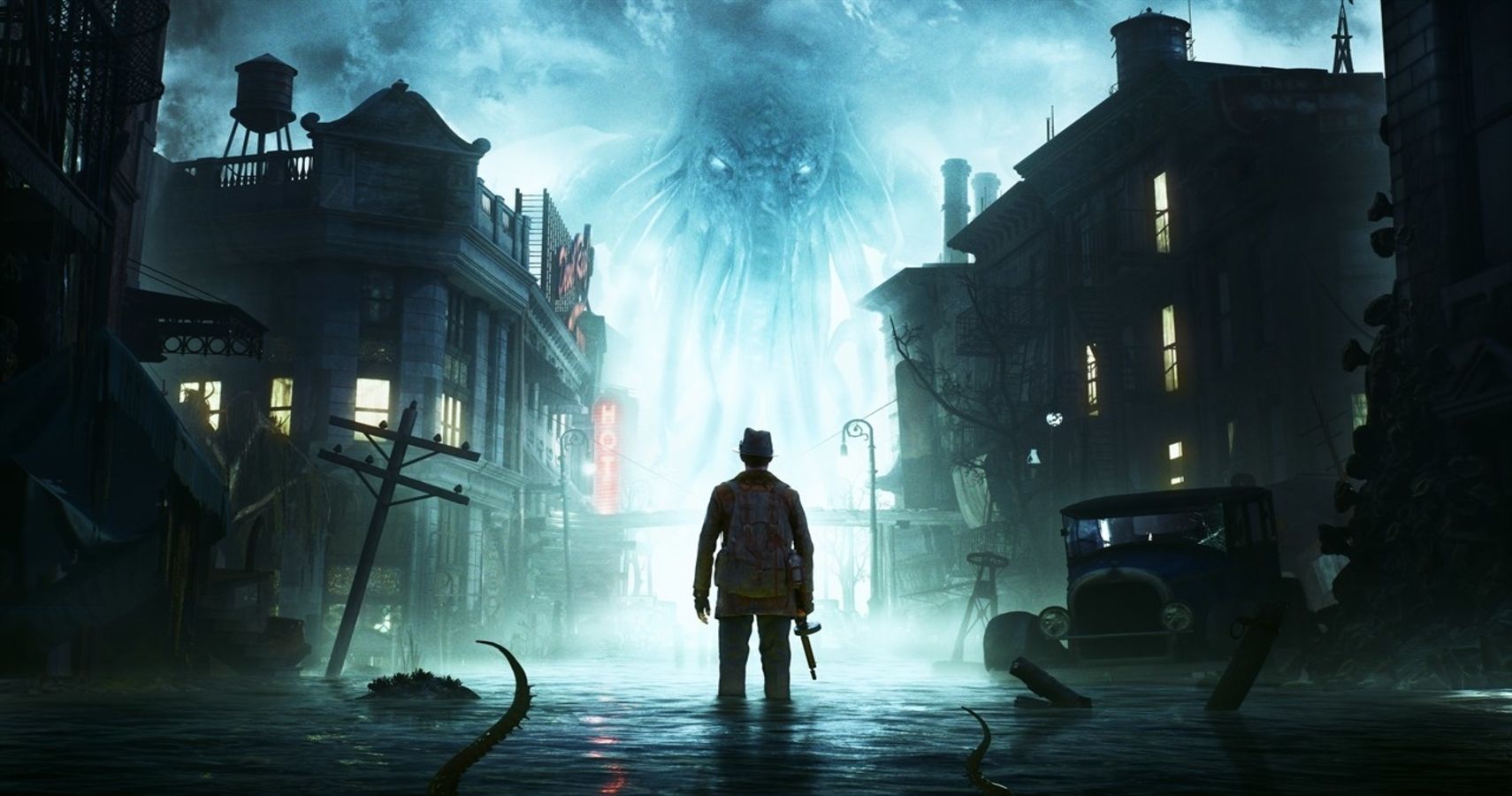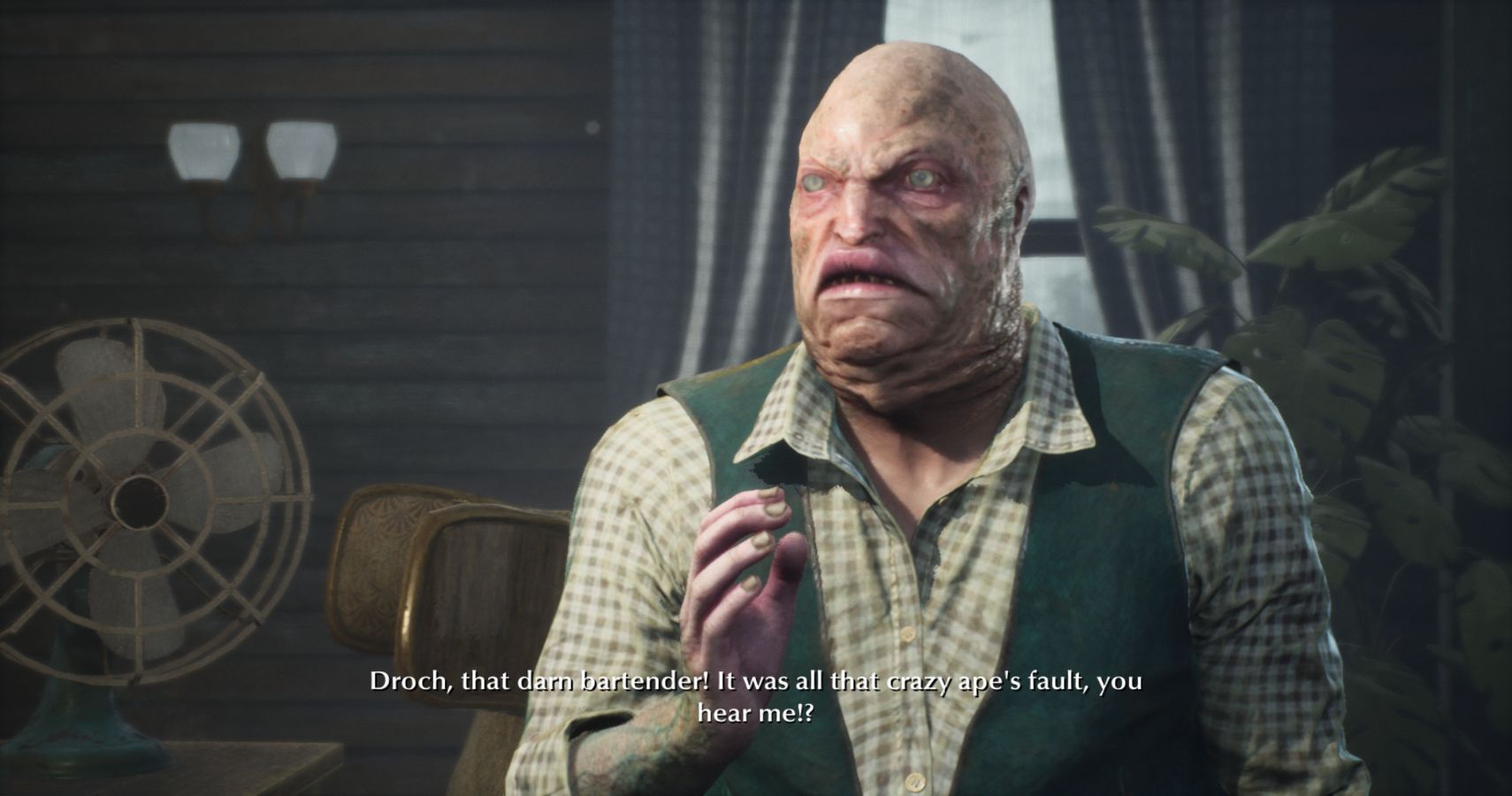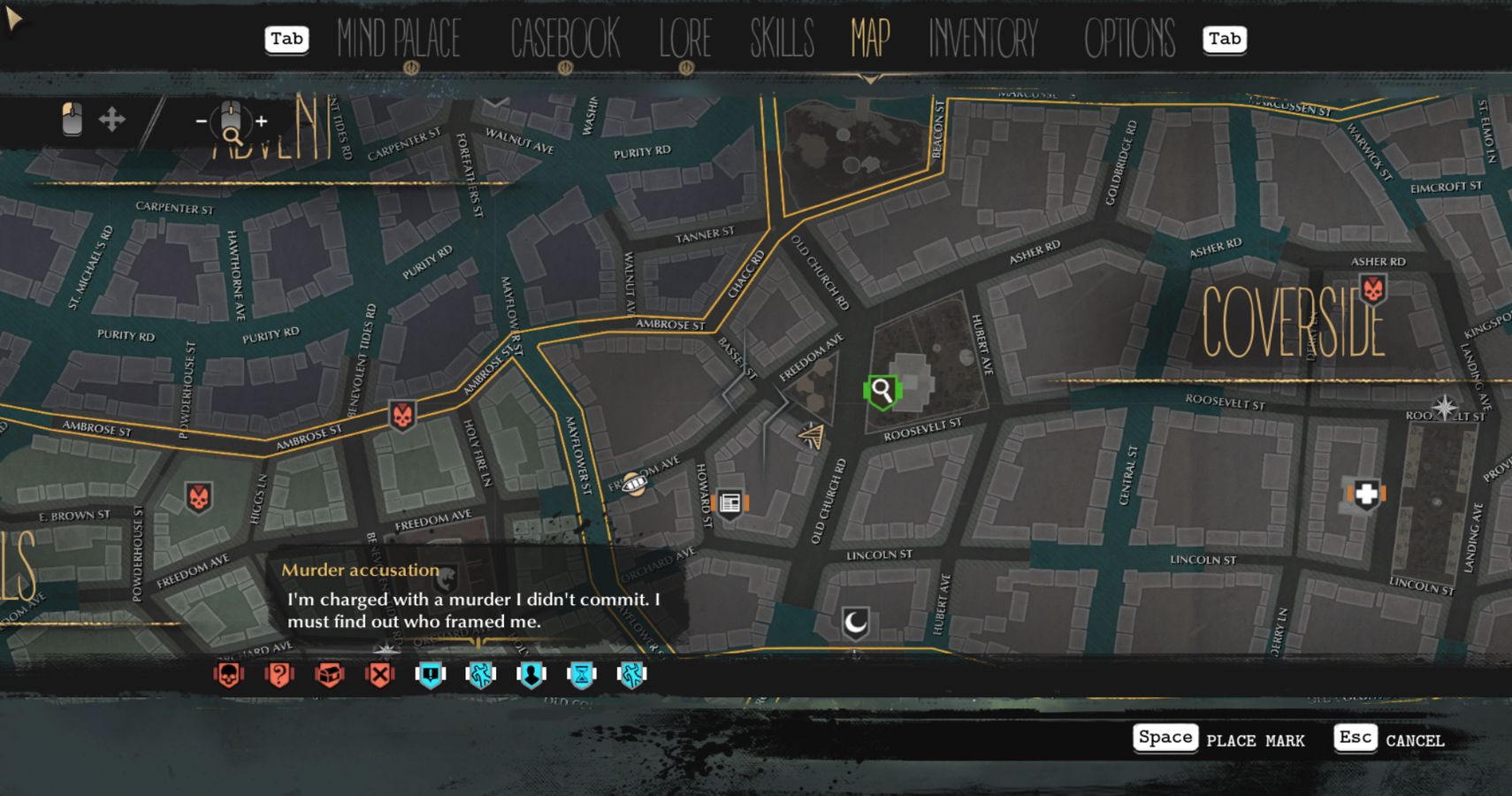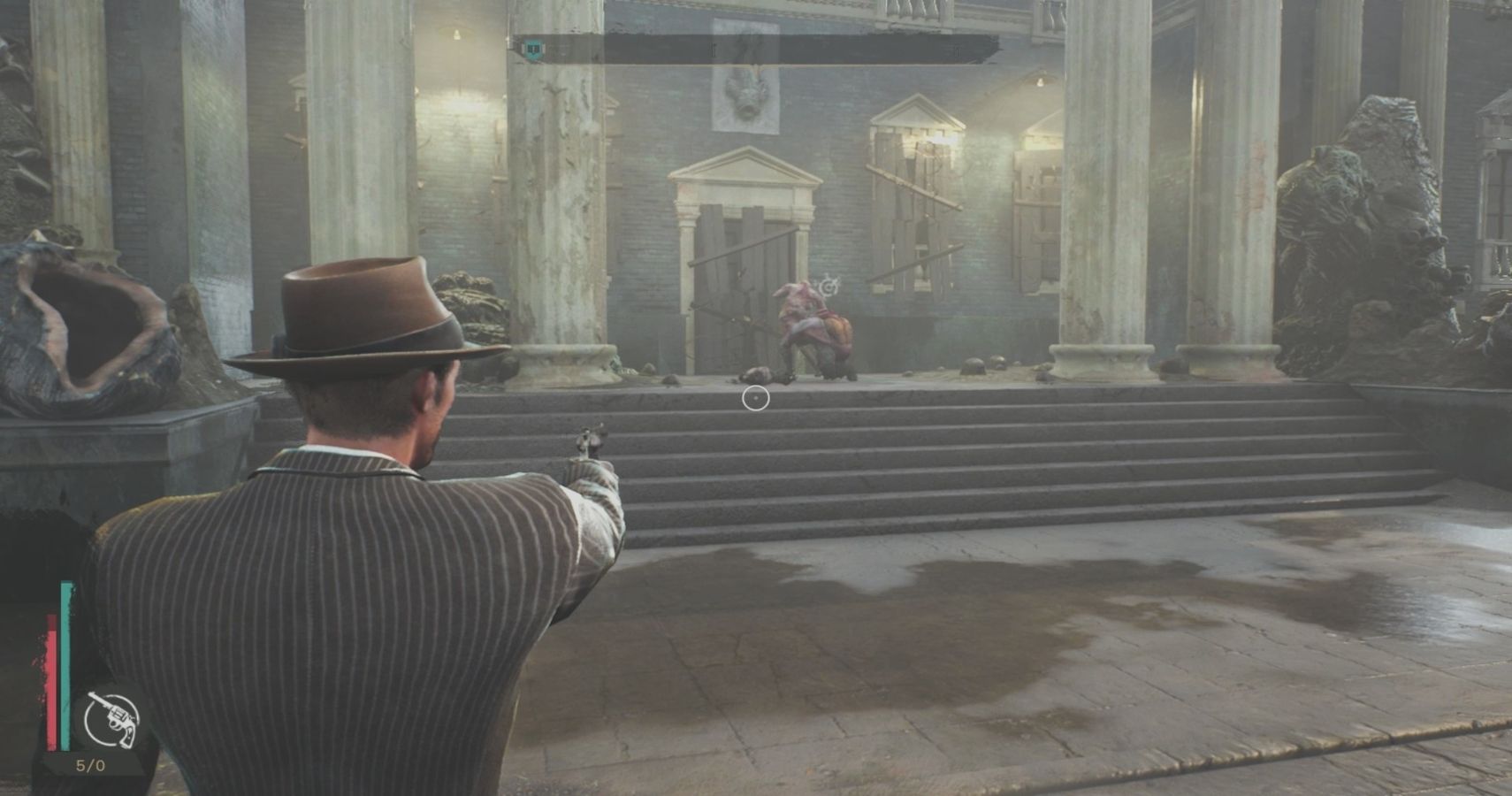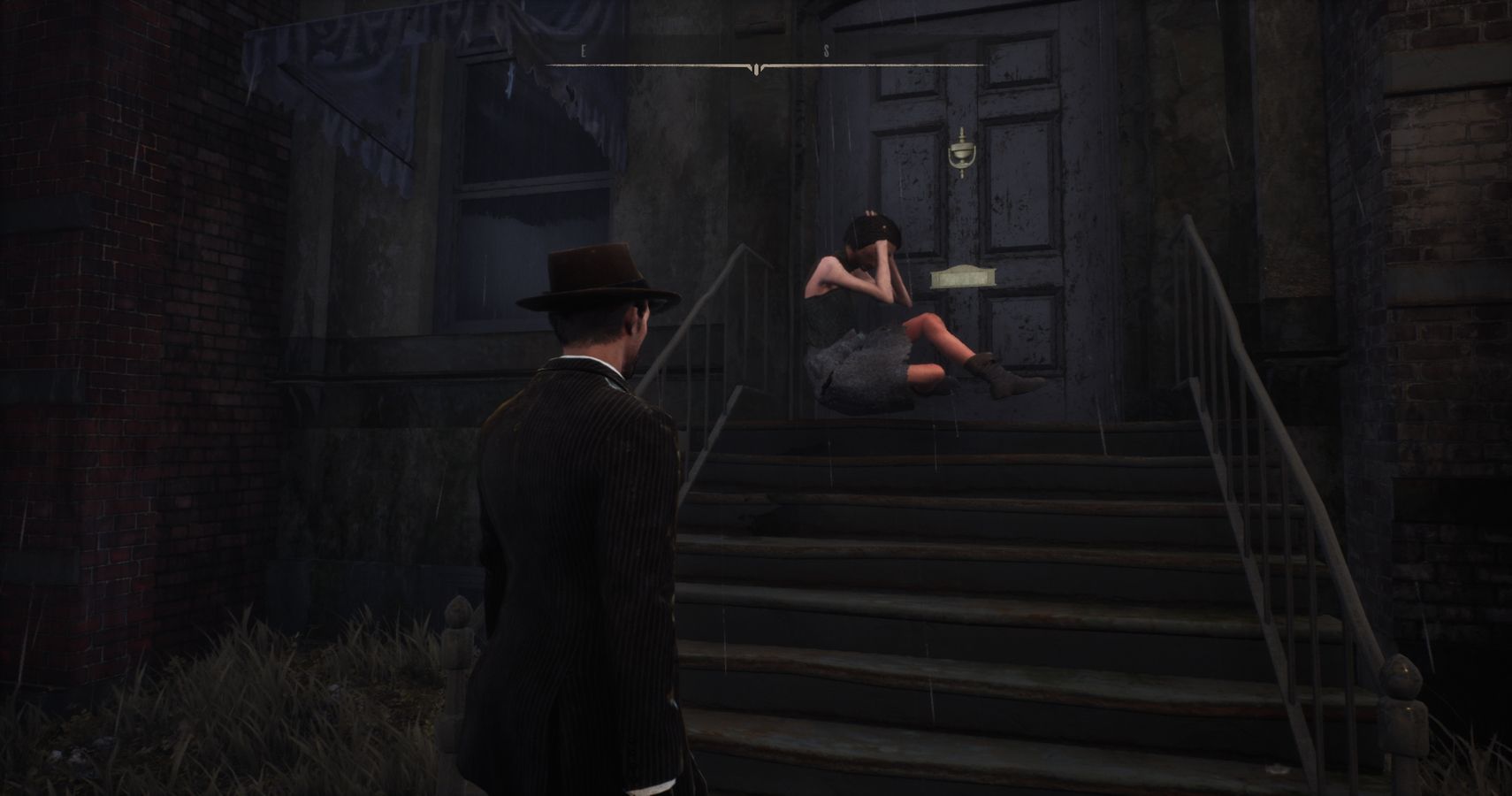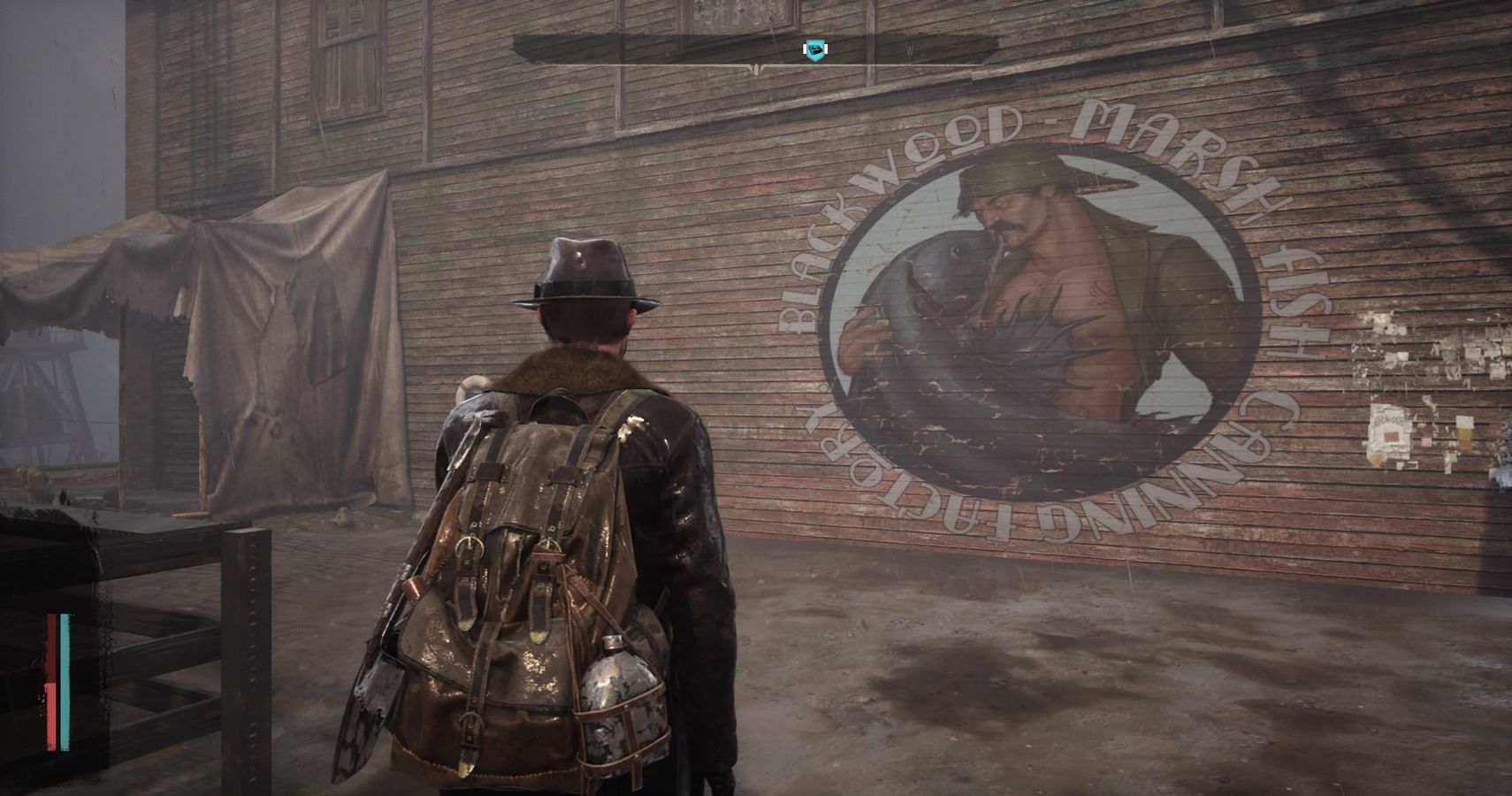H.P. Lovecraft's writing could potentially be an ideal setting for a video game. You get strange cosmic monsters, conspiracies, cultists, and usually some kind of average Joe protagonist who most likely will be driven mad by the things they're seeing. The Sinking City does a pretty admirable job telling its Lovecraftian tale, but it should have put the same care and effort into the making sure the game wasn't a buggy mess.
The Sinking City starts out as most games based on Lovecraft's stories tend to. Players take on the role of a former Navy diver/war veteran turned private eye named Charles Reed, who has been having strange visions that he can't explain. Reed gets an invitation to come to a spooky island called, Oakmont, that for some mysterious reason doesn't appear on most maps. Reed hopes to find an explanation for the strange things he's been seeing, but little does he know that he was actually being pulled into events well beyond his comprehension, and the fate of the world rests on his shoulders.
Also there's monsters and fish people.
It's not exactly new ground being tread, and in fact, the entire story is incredibly similar to Call Of Cthulu, which came out last October. Both feature private detectives who are having strange visions, who get lured to dilapidated fishing islands, and end up getting caught in strange Cthuluan cult business. However, The Sinking City attempts to be even more faithful to Lovecraft's writing by including more things from his stories, such as the fish-like Innsmouthians, people with features resembling apes, and The Yellow King, among other references to his work.
A Trip Down Insanity Lane
At its core, The Sinking City is an open world survival horror game. Players navigate the city solving cases that will hopefully lead them to answers about what's going on, and doing so by investigating various locations for clues. Once enough evidence has been gathered, players then piece together what happened using the Retrocognition ability, which is essentially a Cthulu-powered detective vision. From there, mysteries are solved within the"Mind Palace," which is a fancy name for the part of the menu where the clues sit, and come to a conclusion about what to do next.
The game doesn't place any waypoints. Instead, you're often given directions to your destination and need to look at the map in order to pinpoint the exact spot you need to travel to. The game won't always hold your hand when it comes to figuring out where to go next. Sometimes you'll just get a hint, and you'll have to use your deductive reasoning. For example, the game will tell you that someone took a nasty bump on the head, and they require medical attention. From that, you can guess that they're probably at the hospital.
It's a cool concept, except after a while you feel less like a detective, and more like a tour guide. Halfway through the game, I was getting sick of having to look at roads to figure things out, and it was starting to feel like busy work. This is also the most that I actually felt like a detective, because the various crime scenes you investigate are less of a gathering of clues, and more of a search for what items are interactive.
Since this is a Cthulu-related game, there's a sanity meter to watch along with health. Being exposed to horrific things like corpses or hideous monsters from the deep make your sanity go down, which can actually end up spawning imaginary monsters for you to deal with. There also was a cool moment when I let Charles go idle while the meter was going back up, and he nearly put a gun to his head and killed himself. So yeah, watch your crazy levels.
The game features combat and crafting, and they're inoffensive, but also occasionally frustrating. There's also a skill tree to fool around with to get better stats for Charles, like faster reloading, or more experience from completing cases. The game says that ammo is scarce, but you can usually find enough crafting materials to make new ammo. However, later on in the game, it does throw quite a few combat sections at you, and the general aiming and shooting mechanics don't feel so great. It's stiff and slow, and the hitboxes on the enemies are sometimes not clear, so you don't know for sure if you're doing damage or not. Luckily (and unfortunately) most of the enemies are pretty dumb, so as long as you have enough ammo they should be pretty easy to handle.
Imaginary Bugs Would Have Been Better
These problems, however, are minor quibbles compared to what The Sinking City's most glaring issue: the bugs. The sheer amount of bugs present in this game are so incredible that it's almost worth playing to experience them.
It seems like every minute in The Sinking City there's a new weird bug, A.I. mishap, or some other kind of wonky moment. Textures will randomly pop in or glitch out, the sound will cut out for short periods of time, Reed will clip through the world, and whoever programmed the NPCs should be trialed for crimes against non-player characters. NPCs will randomly fall from the sky when they spawn in, they'll walk into walls, they'll disappear into the floor, they'll literally be floating in the air, etc. Sometimes the nightmare-inducing monsters will just walk right up to an NPC, and they won't even bat an eyelash.
In one instance, I had walked up to a few hobos hanging around an oil drum fire, when another hobo came by to warm themselves up. As a result of this new hobo joining the fire, my character became frozen to the oil drum, and I could not move. I eventually had to murder the hobo to get free, which resulted in me going mad, and I had to reload an earlier save. It's sad to say that the scariest thing in this horror game is not knowing what new way it will break next.
Aside from this, the game also had several moments when it would stutter or freeze for no apparent reason. Perhaps it's a result of the PC port, but it's hard to see why the game would have so many problems. The graphics aren't even that intense, mostly looking like a high-end Xbox 360 game at best. Everything looks kind of dull and covered in an unnatural plastic sheen. Even the characters who aren't supposed to look like fish or apes tend to have the same kind of bug-eyed stare. Plus, several character models are reused, which gets confusing as some people who wind up being important to the plot look the same as characters from other points of the game.
Cthuluan Eye Candy Isn't Enough To Save The Game
That being said, there is one area where The Sinking City excels visually, and that's its strange wall art. For example, took a look at this gem:
Seriously, I want that on a t-shirt now.
It's truly a shame the game turned out this way, because there's some truly weird stuff in this game that should be experienced, and the story does get interesting. However, navigating through the slow, boring combat and multiple game-breaking bugs just isn't really worth it. Frogware tried hard to give players a big Lovecraftian playground to run around in, but in the end, The Sinking City just couldn't keep its head above the water.
2 Out Of 5
A copy of The Sinking City was purchased by TheGamer for this review. The Sinking City is available now for PlayStation 4, Xbox One, and PC.
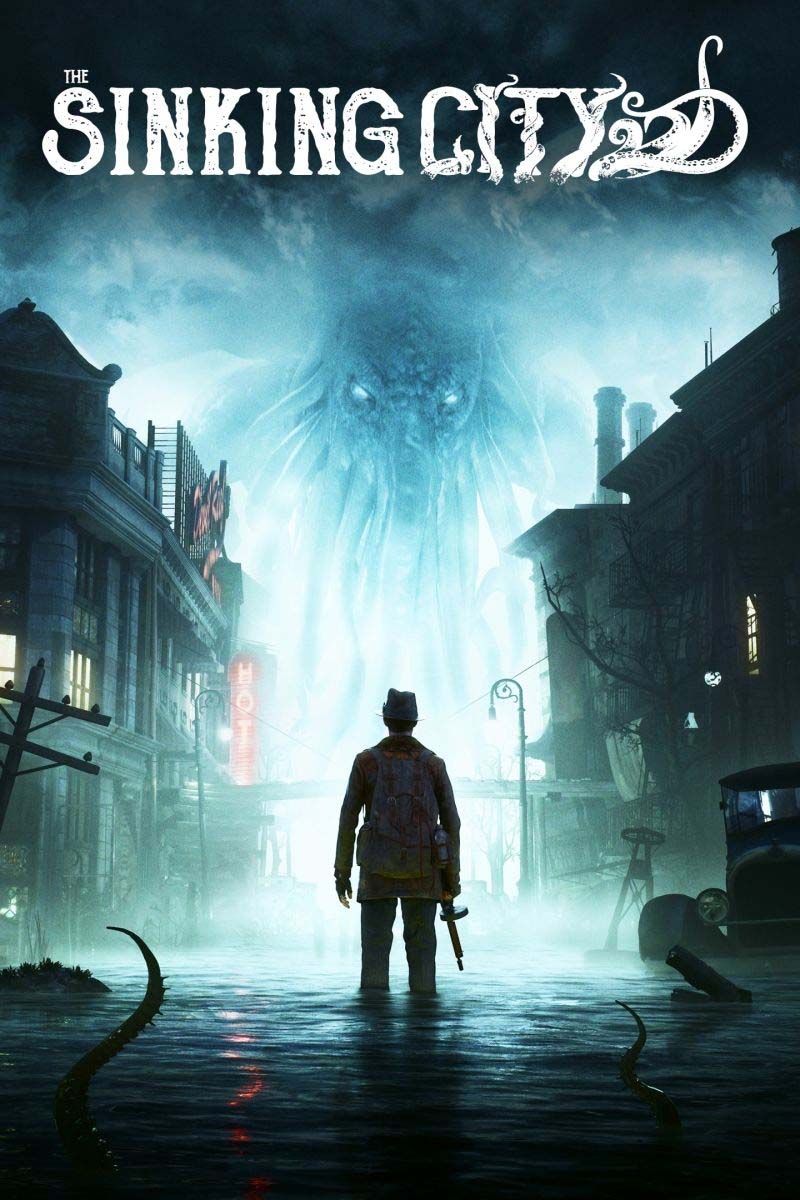
The Sinking City
The Sinking City takes its cues from the writings of H.P. Lovecraft. As a private investigator named Charles Winfield Reed, you must find out why you are having visions, and why the city of Oakmont keeps flooding.

